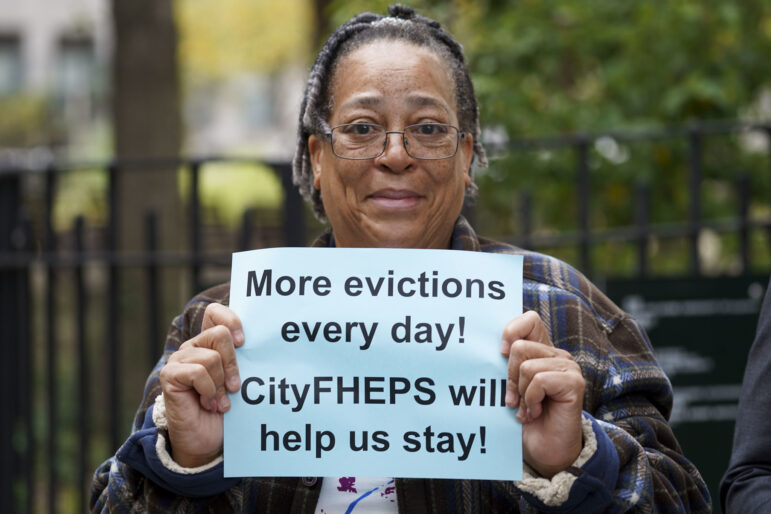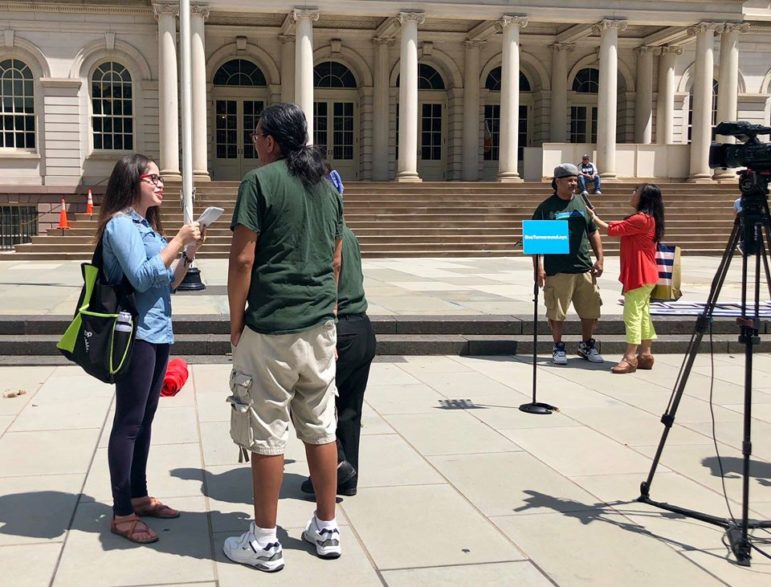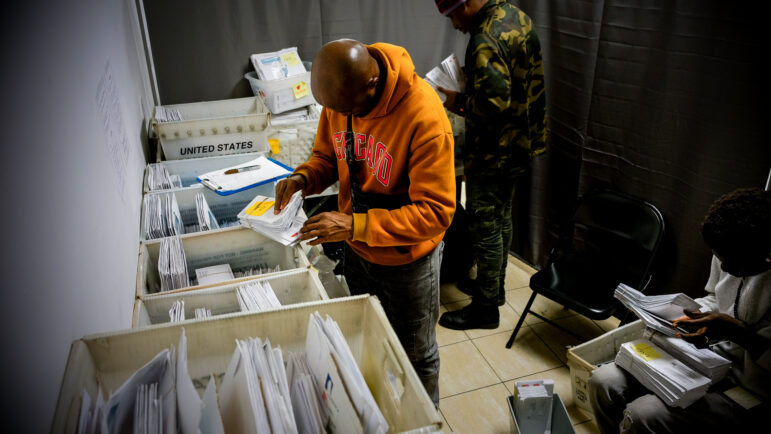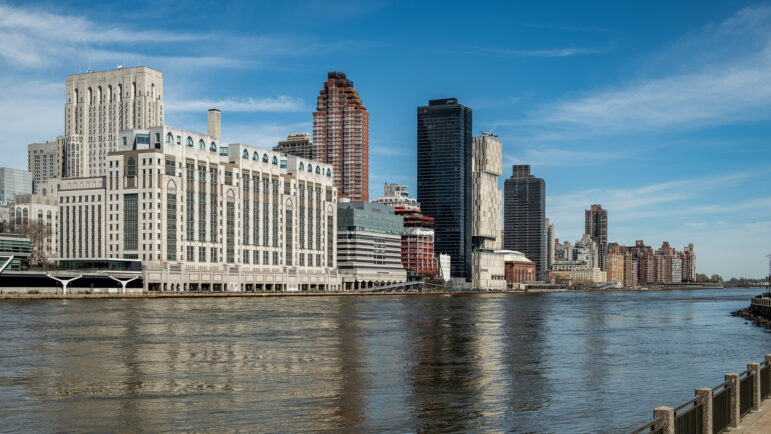A new outlet for housing complaints by residents of Mitchell-Lama buildings – created in response to a strongly critical report on state oversight of the affordable housing program – is still working out the kinks, but received and addressed dozens of complaints in its first month of business.
The Division of Housing and Community Renewal (DHCR), which runs the hotline, says it’s a first step toward addressing a serious problem noted in the state Inspector General’s report, that the agency wasn’t recording any complaints about Mitchell-Lama buildings or DHCR employees. But after three weeks of document requests by City Limits, the agency wasn’t able to produce anything more than a list of complaint and building types – suggesting the hotline complaints are being taken down by hand.
While there are roughly 100,000 Mitchell-Lama apartments in New York City, the hotline has logged just over 70 complaints in its first month, with about 50 actually related to Mitchell-Lama. However, all of the complaints phoned in between Sept. 18 and Oct. 22 were addressed and closed out by Nov. 5, according to DHCR. And the list does represent some form of a written complaint log – which didn’t exist in any form previously, according to the inspector general’s report, released Sept. 19.
“It’s two months. That’s not an awful lot of time to have something perfected in place,” said DHCR spokesman Dan Irizarry. As to whether DHCR could have a computer system for entering complaint details when a tenant phones in, Irizarry said “that’s exactly where we are going” – but said he didn’t know why DHCR couldn’t just use a basic spreadsheet program like Excel until then.
Mitchell-Lama, the state housing program that funded the creation of tens of thousands of New York apartments by giving owners tax breaks and favorable loan terms in exchange for keeping rents low, is overseen by DHCR. The report from State Inspector General Kristine Hamann reviewed the agency’s Mitchell-Lama operations from Jan. 2003 to Oct. 2006, under former Gov. George Pataki’s administration. That meant Gov. Eliot Spitzer’s administration – and specifically DHCR Commissioner Deborah VanAmerongen, appointed to the top housing post by Spitzer in January – were the ones left to respond to the report’s findings.
One of the most damning findings was that DHCR “maintains no record of complaints” – no logs of complaints for the tens of thousands of apartments under its control. “Although a functioning complaint process is an essential component of effective oversight,” the report says, “DHCR handled complaints in a manner that was uncoordinated, undocumented, and nearly useless.”
In its recommendations section, Hamann’s report said DHCR should be keeping a record “of all complaints, regardless of” how DHCR got them. Complaints can reasonably be expected, especially now that the Mitchell-Lama program is in transition — many would say distress — because building owners are leaving the program in favor of charging market rates, which many current tenants cannot afford.
The hotline was part of DHCR’s response: In a reply included in Hamann’s report, VanAmerongen outlined steps to deal with the lack of a tracking and response system. The hotline was to be implemented within 90 days of the inspector general’s report. It went live the same week as the report.
“I’ve actually referred people to use it,” says Amy Chan, a Mitchell-Lama organizer with Tenants & Neighbors, a New York tenant advocacy group.
The toll-free hotline – (866) 463-7753 – is supposed to be staffed from 9 a.m. to 5 p.m. Outside of those hours, callers can leave voicemails. However, repeated calls by City Limits during the business hours were met only with an answering machine.
The DHCR spokesman, Irizarry, said the hotline intake system “is new, it’s ongoing.”
The log provided by DHCR is for calls made to the hotline between Sept. 18 and Oct. 31, with a total of 74 complaints. Just over 50 are complaints about Mitchell-Lama buildings, with 42 complaints for DHCR-supervised Mitchell-Lamas and 11 complaints for Mitchell-Lama buildings supervised by the city’s Department of Housing Preservation and Development (HPD). Both DHCR and HPD supervise Mitchell-Lama complexes, though the ultimate oversight rests with DHCR. The hotline is supposed to be just for DHCR-supervised Mitchell-Lamas, Irizarry noted.
The most common complaint to the hotline was “apartment/ building maintenance complaints,” which clocked in at 22 of the 53 Mitchell-Lama complaints. Top contenders also included inquiries about waiting list status, with seven complaints, and “questionable activities,” with six complaints.
The other categories in the DHCR log are: rent increase complaints; complaints by board members or shareholders of Limited Dividend cooperatives; smoking and noise complaints; income recertification questions and complaints; application appeals; and the all-encompassing “other.”
“We are committed to turning that around within a day,” said Irizarry, referring to the complaints the hotline receives. Callers are “going to get contacted by us,” he said.
During the month of October, the HPD complaint line received 55,046 housing complaint calls, but that hotline casts a much wider net. The new hotline is only for the DHCR-supervised Mitchell-Lama complexes, with Mitchell-Lamas themselves just a part of New York housing, even in the city. “It’s a finite universe,” said Irizarry.
Regarding the tracking system, however, “that process certainly needs to be refined and will be refined,” he said.









One thought on “Though A Little Lukewarm, This Hotline's In Operation”
One of the most damning findings was that DHCR “maintains no record of complaints” – no logs of complaints for the tens of thousands of apartments under its control.